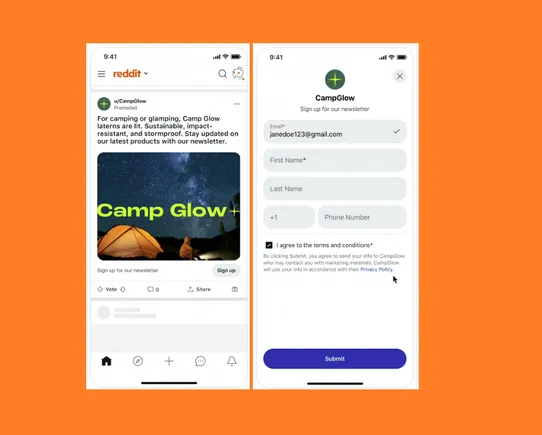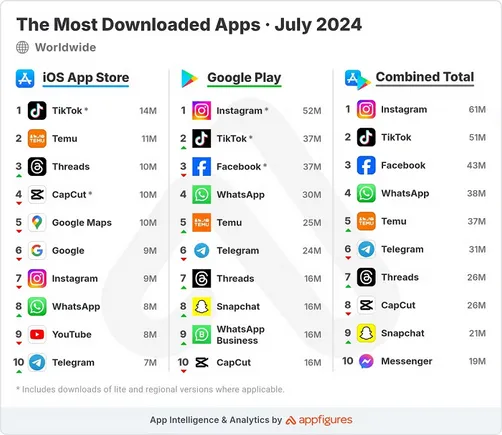

Consider this paradox: Many industries are struggling to hire the workers they need with major labor shortages in healthcare, manufacturing, technology, AI, and other industries. At the same time, our nation’s public schools are struggling to expose students to the in-demand jobs that will set them up for career success, financial security, and well-being.
There’s a simple solution to help address this. By investing in Career and Technical Education (CTE) in partnership with school systems, companies can directly address this growing talent shortage today, before it becomes a crisis in the years ahead. They will also enjoy additional associated benefits, such as increased access to diverse talent, improved company reputation, and better alignment with corporate social responsibility (CSR) goals.
To expand the talent pipeline and prepare students for the jobs of tomorrow, it’s essential to provide more career education and job training opportunities for all students, particularly those from underserved communities and lower socioeconomic backgrounds who may experience an “opportunity gap.” Many of these students lack access to the critical skills and career-connected learning needed to thrive in today’s economy.
In a recent survey, 79% of high school students expressed interest in participating in work-based learning experiences, but only 34% were aware of any opportunities within their age group. What’s more, the Government Accountability Office found that even when students are aware of opportunities, they face barriers such as lack of transportation and support services, language barriers, and inflexible scheduling, which means many students still can’t participate.
When business communities and public education systems partner to offer more accessible work-based learning opportunities, everyone wins. Businesses nurture the next generation of workers, and students have the opportunity for lifelong financial success.
Helping students at the intersection of industry and education
In our role as a connector between industry and education, we’ve seen many different types of creative CTE initiatives from committed companies and organizations. The most successful programs overcome common challenges by aligning CTE programs to the actual skills required by the industry, encouraging student interest and participation, and attracting a diverse group of students to CTE programs. Here are just a few examples:
Partnerships and Collaborations: Through partnerships with local school districts, businesses can help design relevant curriculums and ensure CTE programs tightly align with their long-term skills needs.
Internships and Scholarships: To help encourage student participation in CTE programs, companies can offer interesting internship or apprenticeship programs that provide students with hands-on experience and exposure to new fields of work. Additionally, working with schools to provide scholarships, especially to low- and middle-income students is another way to encourage participation and support future education opportunities.
Guest Speakers and Mentorship: Professionals from a range of industries can serve as guest speakers or mentors, sharing their career experiences and providing direct guidance to students. This helps students gain exposure to real-world jobs and fields of work they may not have otherwise known about. It also brings CTE resources directly to students, further increasing participation among those who may not have reliable transportation or face other challenges accessing out-of-school opportunities.
What do these strategies look like in practice?
The Center for Audit Quality (CAQ), the voice of U.S. public company auditors, created a digital education program designed to help high school students discover accounting careers, while attracting greater diversity and representation in the accounting profession. As part of the program, signature events at schools introduce students to accountants who explain the field and the roles they have.
The Principal Foundation, an independent philanthropic organization created by the Principal Financial Group, launched DataSetGo, a national program that introduces students from low- to moderate-income communities to workforce opportunities in the rapidly growing field of data science.
In Indiana, high school students are earning their nursing assistant certifications while on rotation at their local hospitals. In Colorado, students are helping businesses with marketing research and social media. In California, students are working with the Ports of Long Beach and Los Angeles to learn about supply chain management and international business.
Rethinking education for the 21st century
We can make real progress closing the opportunity gap and filling the pipeline of workers for tomorrow’s jobs. But to do so, we must reimagine the private sector’s role in education. Companies can help optimize and innovate career-connected learning that scales with students from an early age through high school. From exposure to new career possibilities, to learning new in-demand skills, to on-the-job training for course credit, the private sector can help supercharge CTE programs, helping more students learn critical real-world skills so they can thrive in tomorrow’s economy.
Far from corporate charity, companies that invest in CTE will see tangible benefits such as faster skilled workforce development, increased diversity, and improved corporate reputation.
By working with school systems to connect core foundational education with the 21st century skills necessary to compete in a fast-changing world, the corporate world can bridge the opportunity gap, solve the worsening hiring crisis, and ensure a pipeline of skilled talent well into the future.
That’s a huge win for students, companies, and the country at large.
The opinions expressed in Fortune.com commentary pieces are solely the views of their authors and do not necessarily reflect the opinions and beliefs of Fortune.














